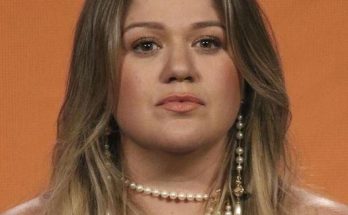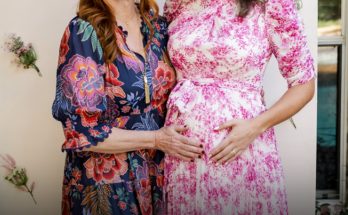Beauty has always been a subjective concept, evolving over time and across cultures. However, in recent years, there has been a significant shift in how people view beauty, particularly in America and across the globe. This movement is challenging traditional ideals, embracing diversity, and redefining what it means to be beautiful. In this article, we’ll explore the changing landscape of beauty standards, the factors driving this shift, and what it means for the future of beauty in society.

For decades, beauty standards in America were dominated by a narrow ideal—thin, tall, fair-skinned, and often with Eurocentric features. This standard was perpetuated by media, fashion, and advertising, creating a rigid mold that many people felt pressured to fit into. The consequences were far-reaching, impacting self-esteem, mental health, and societal perceptions of worth.
One of the most significant movements challenging traditional beauty standards is the rise of body positivity. This movement advocates for the acceptance of all body types, rejecting the notion that there is only one way to be beautiful. From curvy models gracing the covers of magazines to campaigns celebrating plus-sized individuals, body positivity has opened the door for a more inclusive and diverse understanding of beauty.
Alongside the body positivity movement, there has been a growing emphasis on racial and ethnic diversity in beauty. As America becomes more multicultural, so too does its definition of beauty. This shift is evident in the increased representation of people of color in media, fashion, and advertising. Brands are now recognizing the beauty in different skin tones, hair textures, and cultural features, challenging the long-standing dominance of Eurocentric beauty standards.



